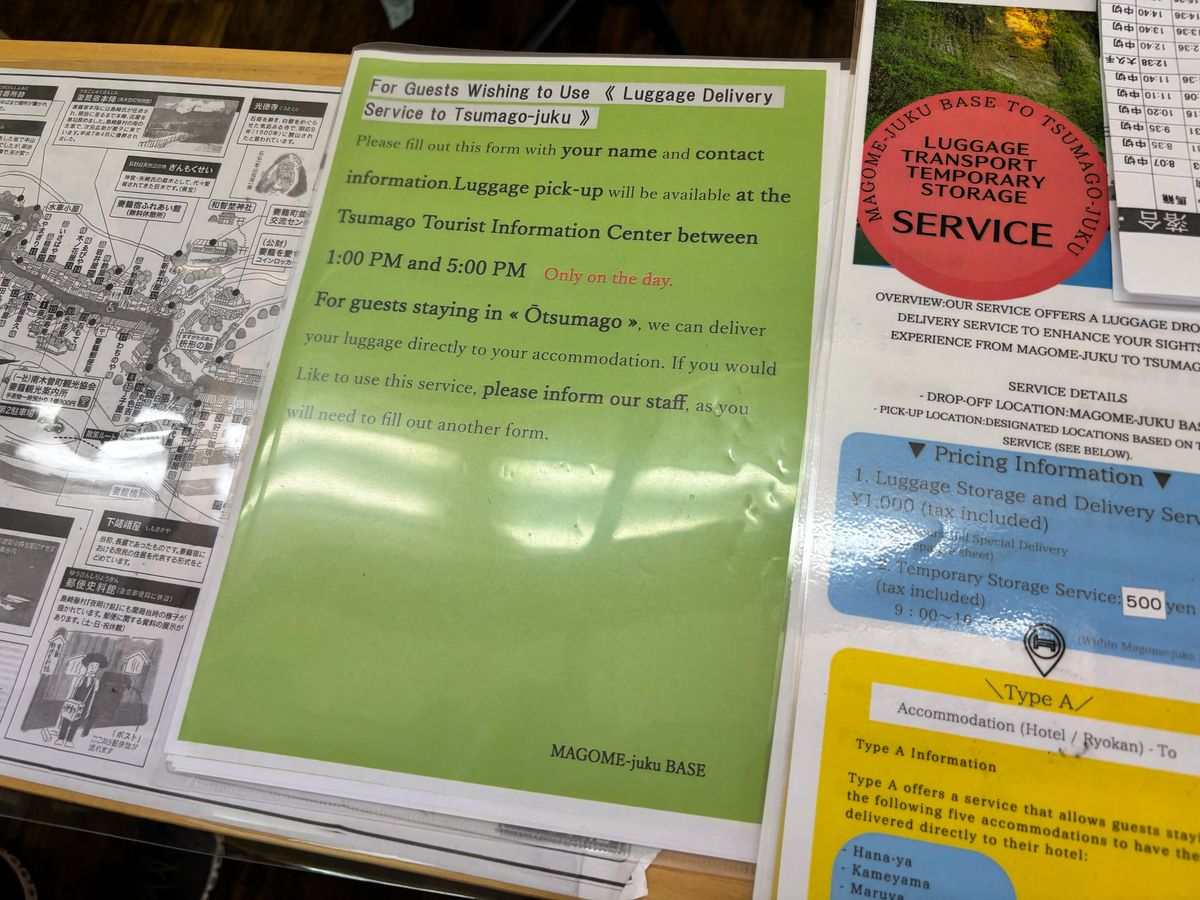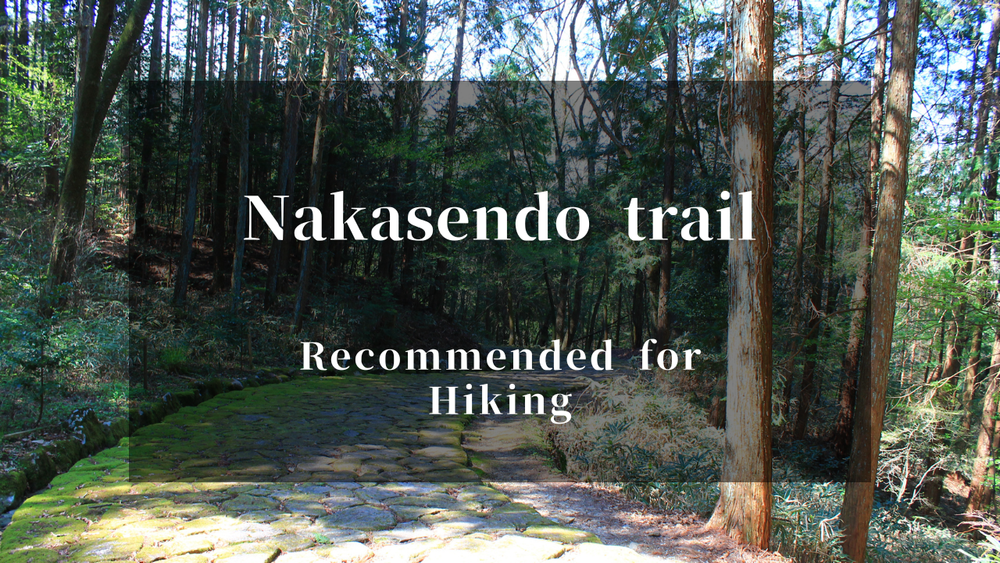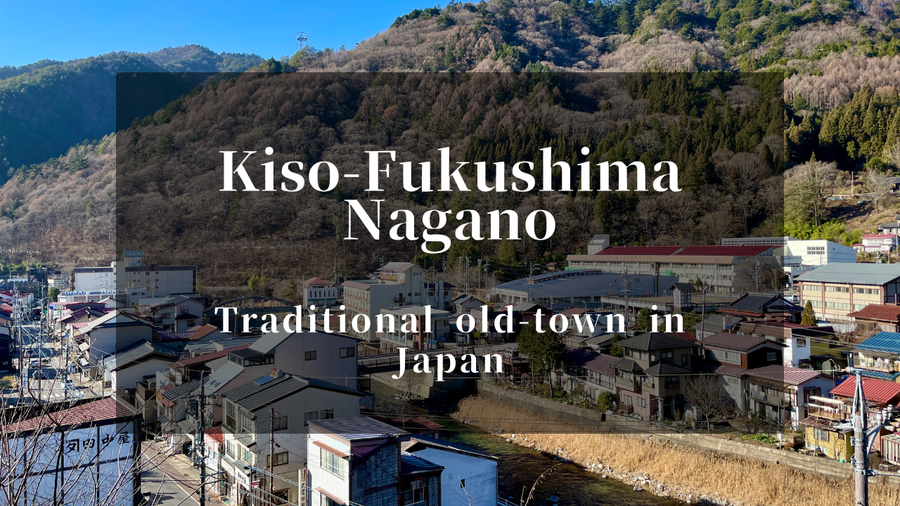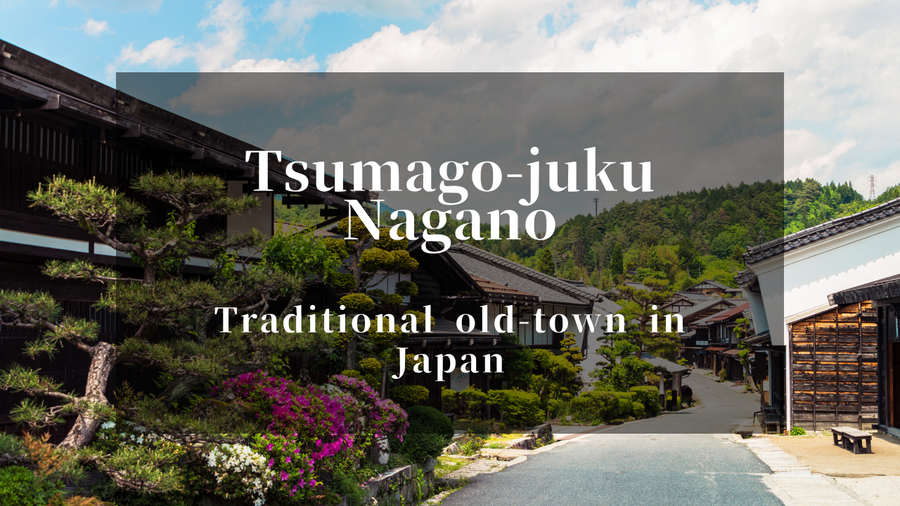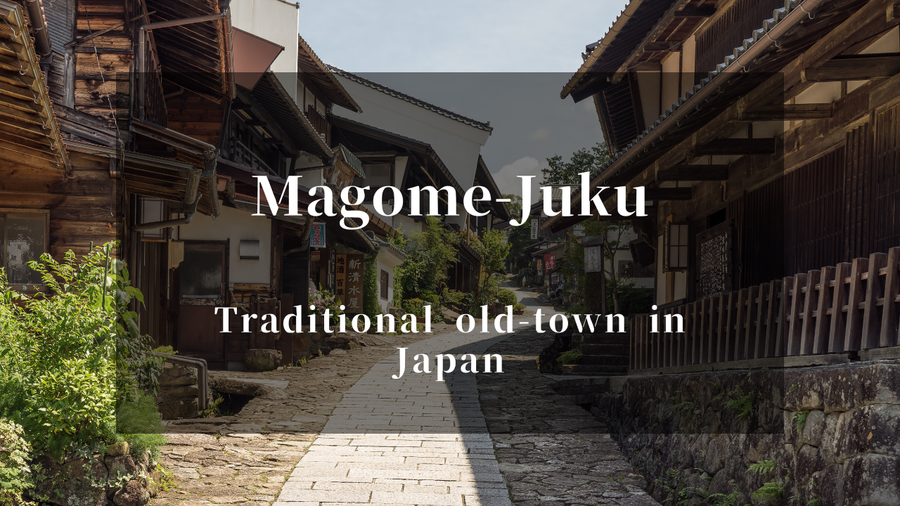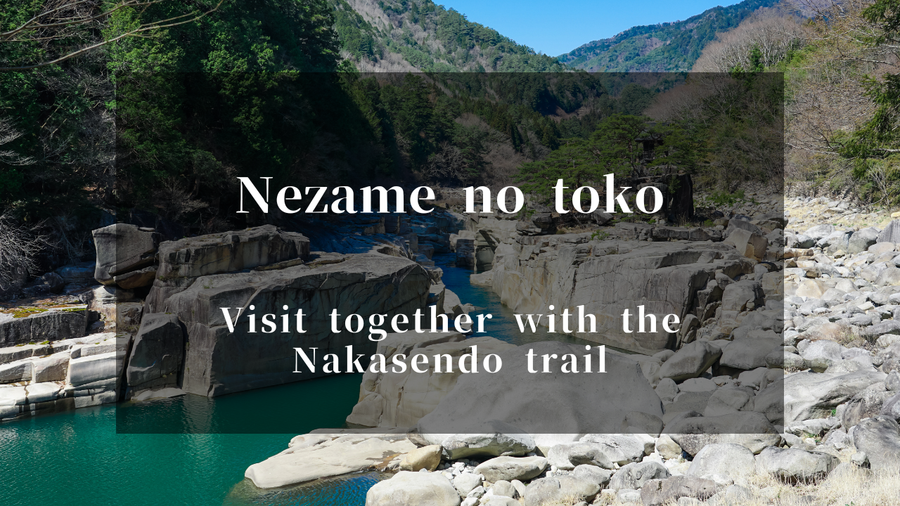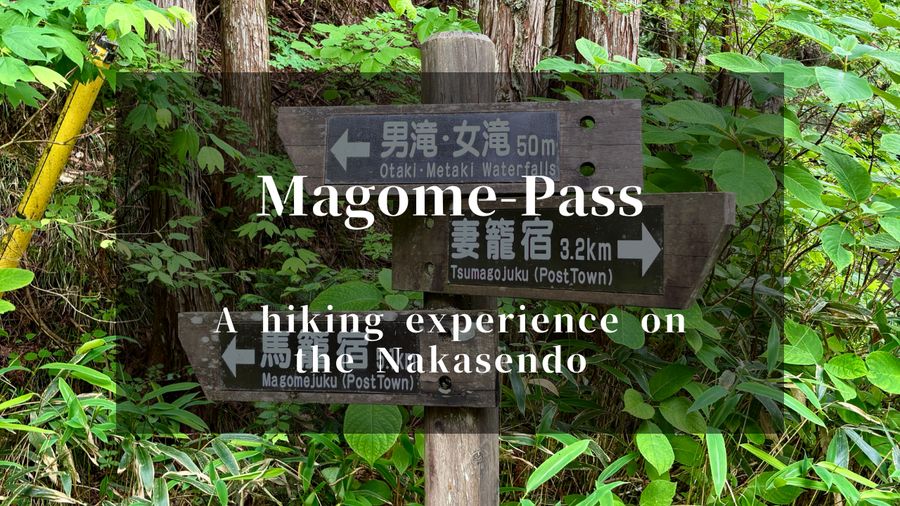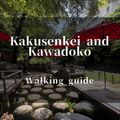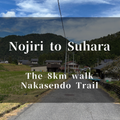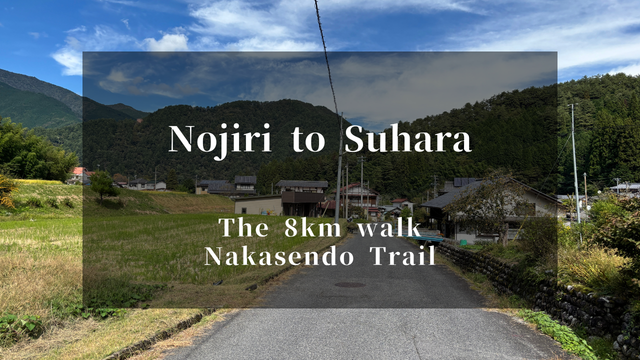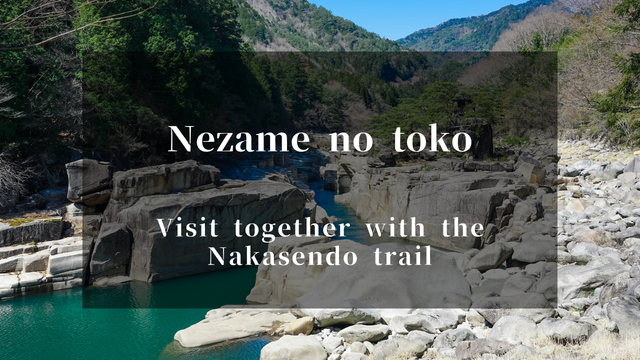Tokyo and Kyoto are wonderful, but if you want to experience the real Japan, you should walk the Nakasendo (中山道) trail. It's a place where you can feel like you've travelled back 400 years while walking on stone paths that have remained unchanged since the Edo Period (1603-1868).
The Nakasendo was one of the five major roads connecting Edo (modern-day Tokyo) and Kyoto. It was a grand route stretching approximately 534 km, with 69 'shukuba-machi' (宿場町), or post towns, where travellers left their footprints.
This article focuses on the Kiso-ji (木曽路) area, which is particularly popular with international visitors, to introduce its charms.
Why is the Nakasendo recommended for travelers?
The Nakasendo trail is highly recommended for overseas visitors because it is easy to get to, the hike is straightforward, and the area is well-equipped for tourists.
Get to from Tokyo in 3 Hours
A major draw for travellers is that the Kiso-ji area is easily accessible from Tokyo by train in about 2.5 to 3 hours.
You can take the Shinkansen (bullet train) and local lines from Tokyo Station, or use the convenient 'Azusa' limited express train from Shinjuku Station. While a day trip is possible, staying for one or two nights will allow for a more fulfilling experience.
A Safe Hiking Environment for Beginners
The popular Magome-juku to Tsumago-juku trail is well-maintained, making it safe and enjoyable even for hiking novices.
The distance is moderate at about 8 km and can be walked in about 3 hours.
The path is well maintained, mostly paved or cobblestone pavement.
There is no need to worry about getting lost, as there are well-marked information boards.
Safety equipment, such as bear bells, is already in place
Luggage delivery service allows you to hike light.
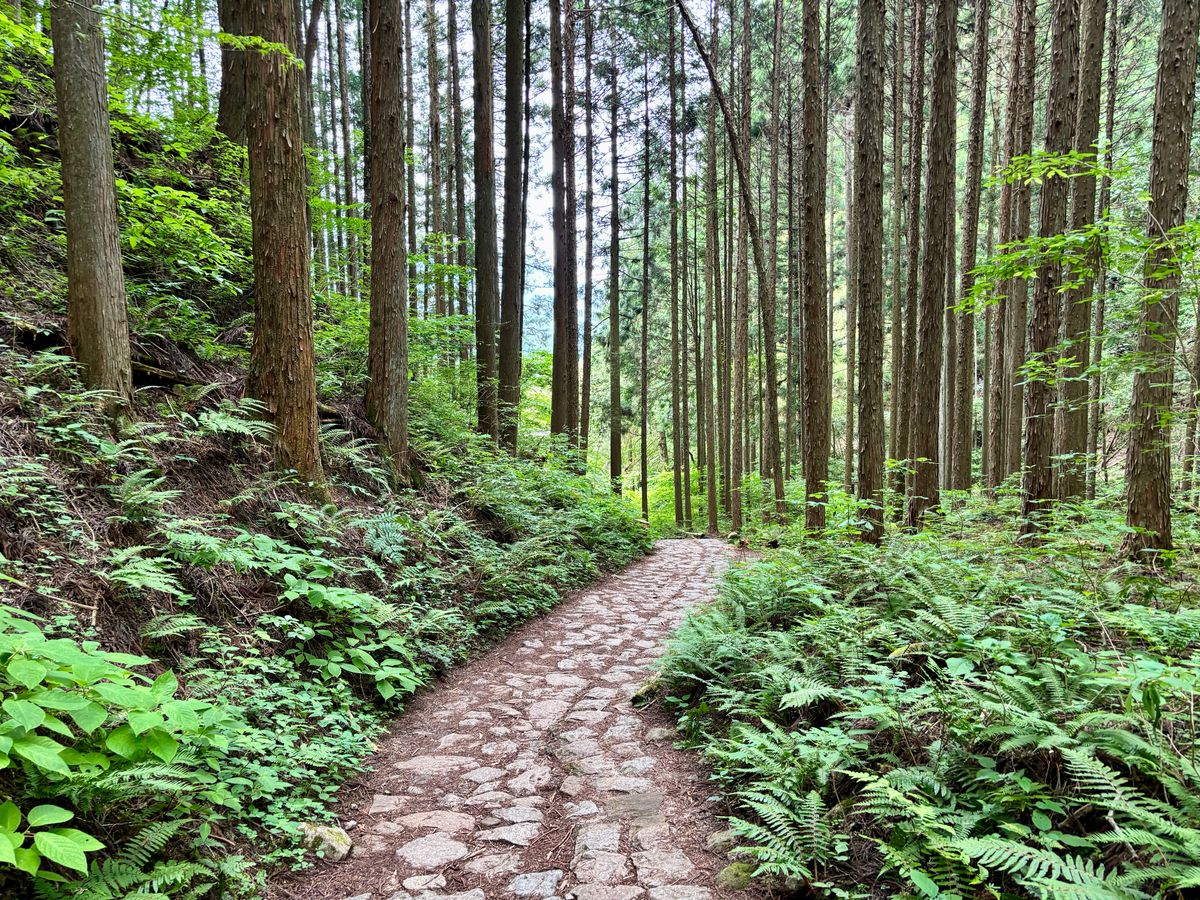
Excellent services for foreign tourists
What makes the Nakasendo special is the chance to enjoy a slower pace of life and the scenery of old Japan, away from the hustle and bustle of big cities. Popular post towns like Tsumago-juku (妻籠宿) and Magome-juku (馬籠宿) have multilingual signs and tourist information centres, creating a welcoming environment for visitors from abroad.
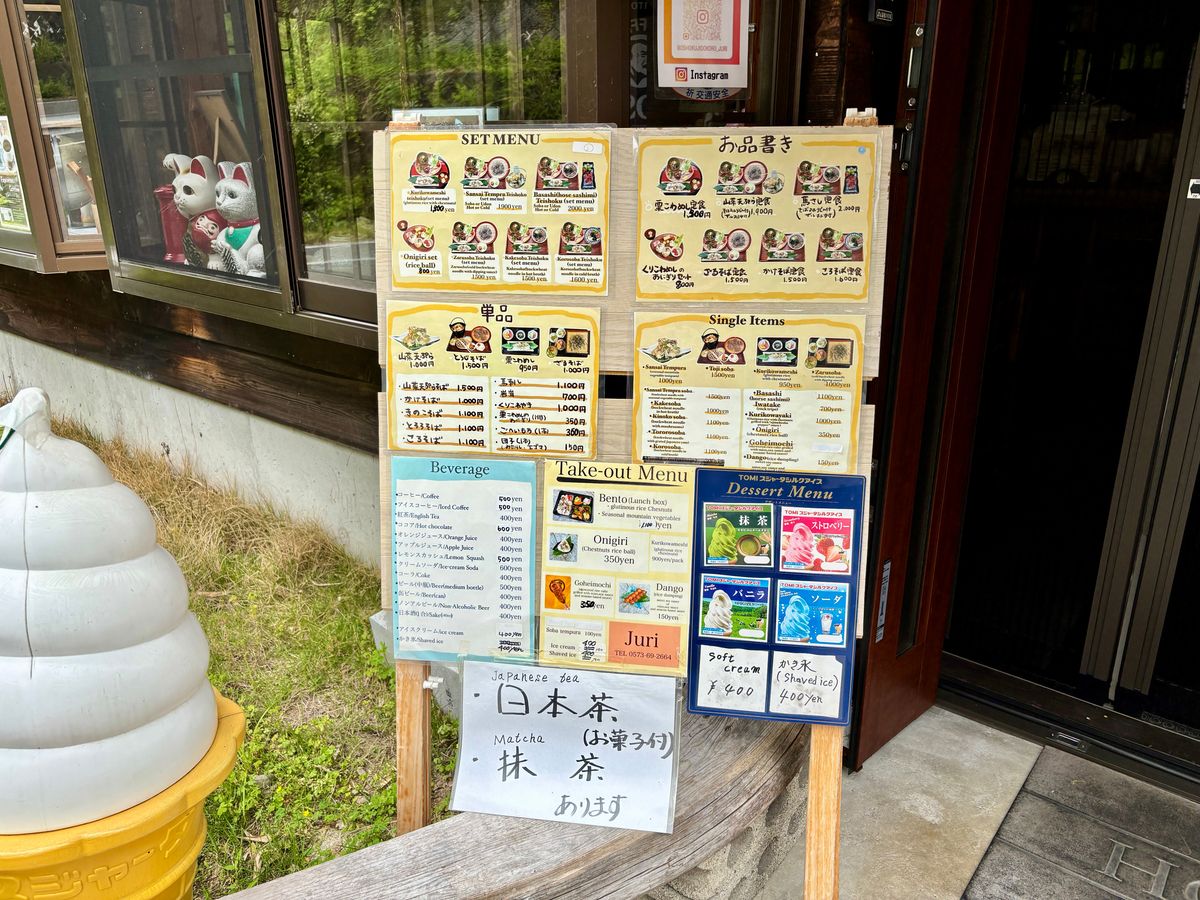
Save money with the JR Pass!
The Nakasendo is a great value destination, as the Japan Rail Pass covers the main access routes. For JR Pass holders, the benefits include:
Tokyo - Shiojiri: JR East Pass and JR Pass available
Shiojiri - Kisofukushima: JR Tokai Area, JR Pass available
Nakatsugawa - Minami-Kiso: JR Tokai Chuo Main Line, eligible for JR Pass
Limited Express "Azusa" and "Shinano" are also available with reserved seat ticket only.
However, an additional fee is required when using Nozomi and Mizuho, but Hikari and Kodama are fully accessible.
Nakasendo Hiking Bases and Highlights
The Kiso-ji area of Nakasendo is dotted with inn towns, each with its own unique charm, making it an ideal base for hiking and sightseeing.
Kiso Fukushima: Feel the history at a key point in the mountains
Kiso Fukushima, home to an important historical checkpoint, is an ideal hiking base with an authentic, non-touristy atmosphere. You will surely be moved by the beauty of the surrounding mountains.
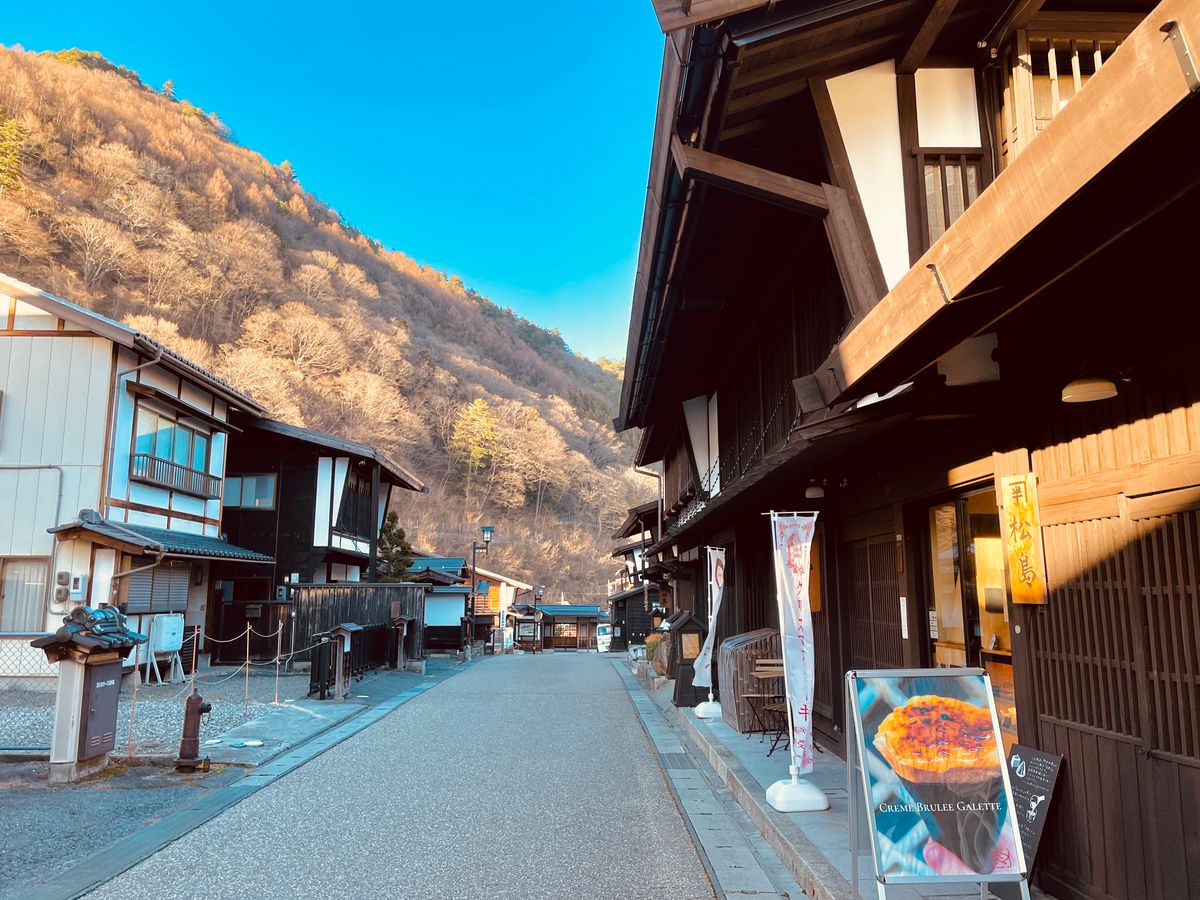
Tsumago Yado: A miraculous townscape that brings the Edo period back to life
Tsumago-juku was the first place in Japan to preserve its historic landscape, and it is famous for a townscape so well-kept it feels like you've stepped back into the Edo Period. A visit at dusk is particularly recommended, when the lanterns light up the stone paths and latticed windows, creating a stunning view.
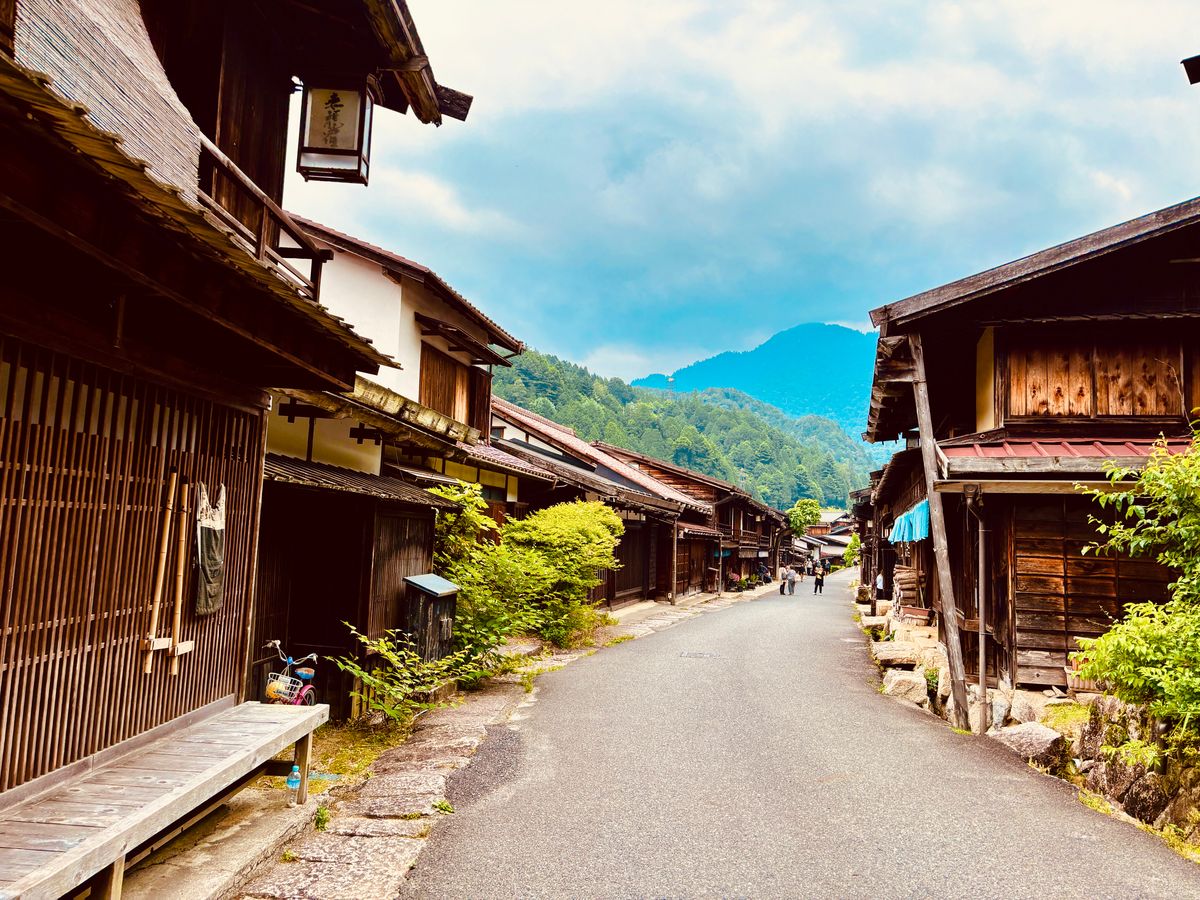
Magomejuku: A beautiful inn town built on the slope of a mountain
Built on a steep mountain slope, Magome-juku is a unique post town offering magnificent views of the Kiso Valley as you climb its stone-paved paths. It's also lovely to wander around the watermills with a local 'Gohei-mochi' (五平餅) snack in hand. Gohei-mochi is a grilled rice cake coated in a sweet and savoury miso sauce.
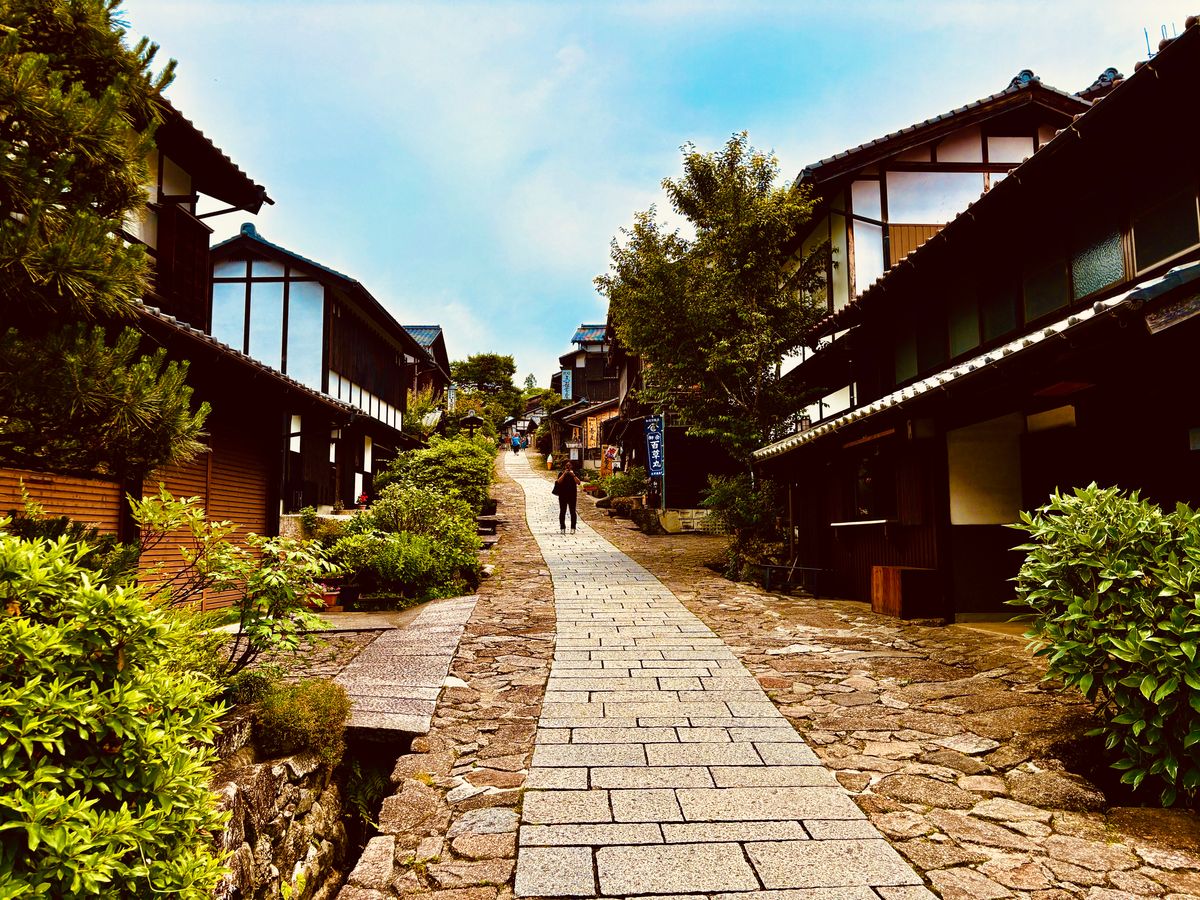
Nezame-no-Toko (寝覚の床): The Legendary Setting of Urashima Taro
Just a 30-minute walk or 10-minute bus ride from Agematsu Station, Nezame-no-Toko is a spectacular natural wonder where the Kiso River has carved white granite boulders over tens of thousands of years, creating a stunning contrast with emerald-green waters—like a natural Japanese garden. Known as the legendary setting of the famous Japanese folk tale "Urashima Taro," this magical spot is a must-visit attraction in the Kiso Valley that perfectly complements your Nakasendo hiking experience.
The approximately 9.4km stretch from Kiso-Fukushima to Agematsu is actually part of the historic Nakasendo trail, connecting Fukushima-juku (福島宿) to Agematsu-juku (上松宿). While train access is convenient, if you have time, consider walking this section of the Nakasendo for 2-3 hours. Along the way, you'll discover historical sites like the remains of "Kiso-no-kakehashi" (木曽の桟), an ancient bridge, and enjoy beautiful riverside scenery while experiencing the journey as Edo-period travelers once did.
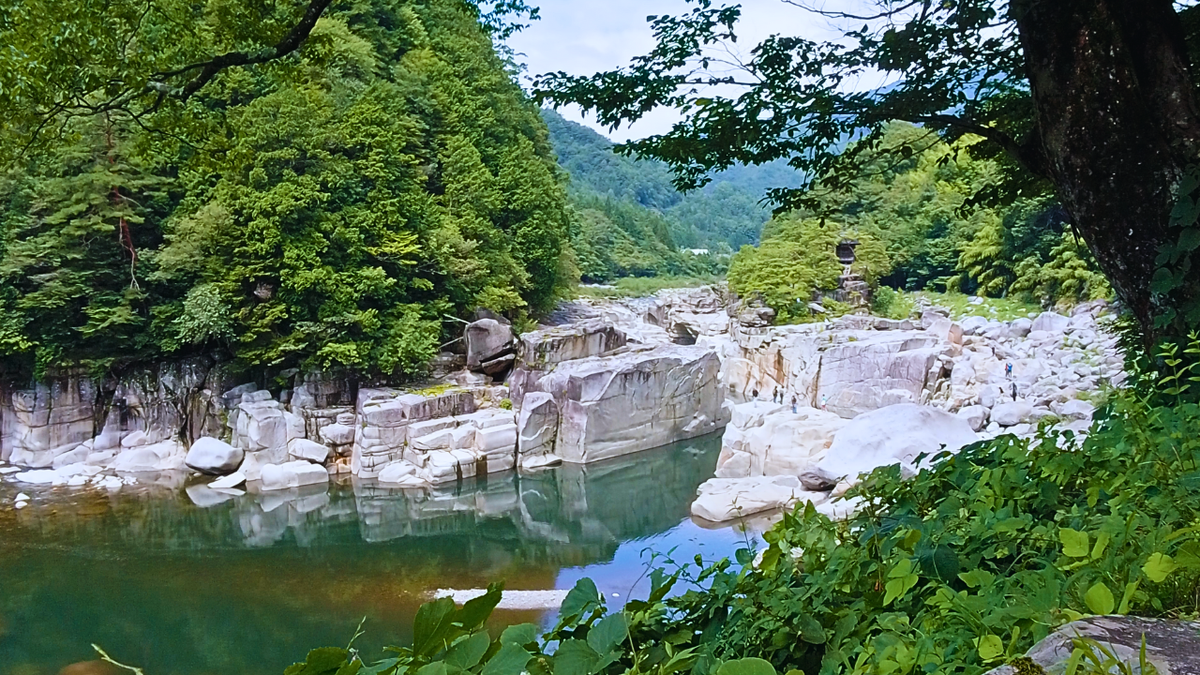
Narai-juku (奈良井宿): The Longest Post Town on the Nakasendo trail
Known as the longest post town in Japan, Narai-juku stretches approximately 1km and was once so prosperous it was called "Narai Sengen" (a thousand houses). Visitors can stroll through streets that have remained virtually unchanged for about 400 years, enjoying shopping at cafes and souvenir shops housed in historic buildings, and sampling local specialties as they explore. Natural spring water that has flowed since the Edo period still refreshes travellers today, and the mystical atmosphere of early morning mists enveloping the historic buildings creates an authentic time-travel experience to the Edo period.

Most popular hiking course: Magome-juku to Tsumago-juku
The most typical and popular hiking course along the Nakasendo Highway is the 8-km route between Magomejuku and Tsumagojuku. The route is lined with cedar trees for forest bathing, rest stops at teahouses on the mountain pass, and a stone-paved path that gives visitors a sense of history. Even beginners can easily walk along the path in 2.5 to 3.5 hours.
Course Data
Distance: about 8km
Time required: 2.5 to 3.5 hours
Recommended direction: Magomejuku to Tsumagojuku (mostly downhill and physically easy)
For more detailed information on the route and highlights, please refer to the related article below.
.
Practical Preparation and Advice
In order to enjoy hiking the Nakasendo to your heart's content, practical preparations such as bear-proofing and luggage forwarding services are helpful.
Safety precautions: Avoiding bear encounters
Bears inhabit the mountainous areas of Kiso, so simple measures such as carrying a bear bell are essential for safe hiking. Be sure to make a sound at all times while walking to alert people of your presence. Be especially careful in the early morning and at dusk, when bears are more active.
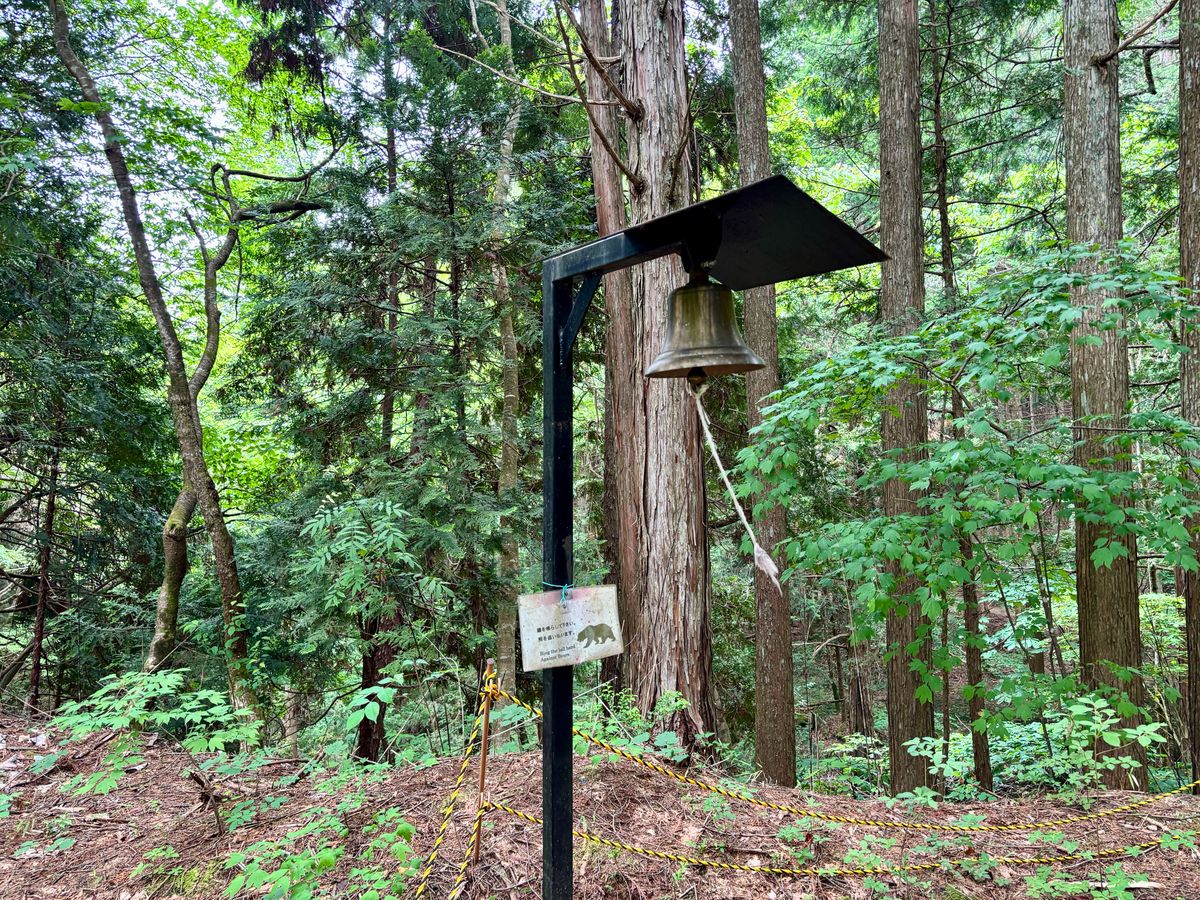
Use luggage forwarding services
It is wise to use a luggage transfer service (for a fee) to transport heavy luggage from one lodge to another. Pack only what you need in a daypack and enjoy hiking light. Temporary luggage storage and sectional delivery services are available at tourist information centers in Magome and Tsumago.
